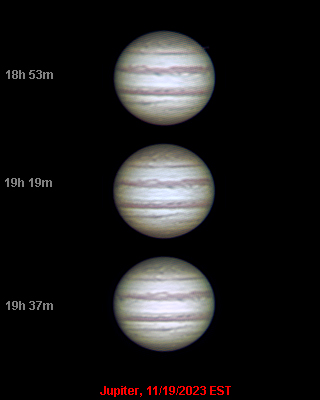
Telescope: Unitron 510 5” f/16 refractor, Atlas EQ-G
Camera: ZWO ASI 294MC
Filter: 2” Baader Fringe Killer (Minus Violet)
Exposure: 5x(3min x 5ms), Gain 340, saved as RAW8/SER
Seeing: 3/5
White Balance: Nebulosity Automatic
Software: SharpCap Pro, Autostakkert, Registax, Nebulosity, Photoshop
These are the final, processed images from my second evening dedicated to evaluating the 510 for planetary imaging using a ZWO ASI294MC camera with SharpCap Pro. If you look closely you can see the ghost of Europa disappearing behind the planet in the first image (18h 53m). Each image in this sequence is a set of five 3min x 5ms RAW8/SER files stacked in AutoStakkert, wavelets in Registax, then derotated and combined in WinJuPos. The results is very encouraging given that these were taken at the telescope’s native focal length without the aid of a Barlow. I am very happy with how sharp the limb of the planet looks without any of the artifacts that you often see from the wavelets. The colors are a bit soft, which I suspect is from using a very high gain on the camera. More testing is needed…
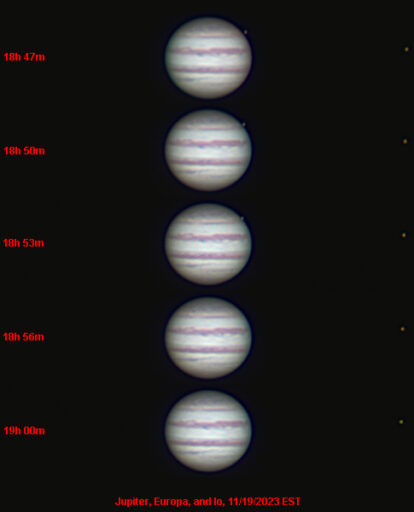
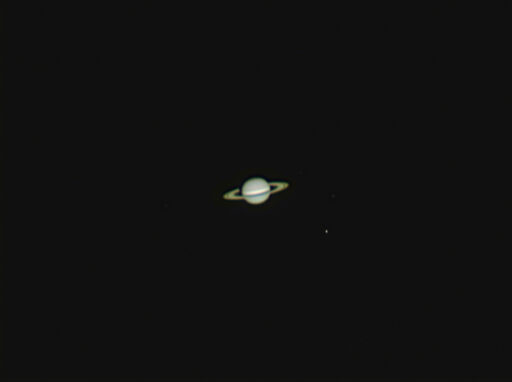
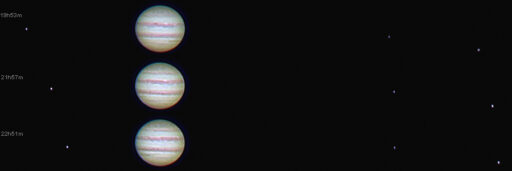
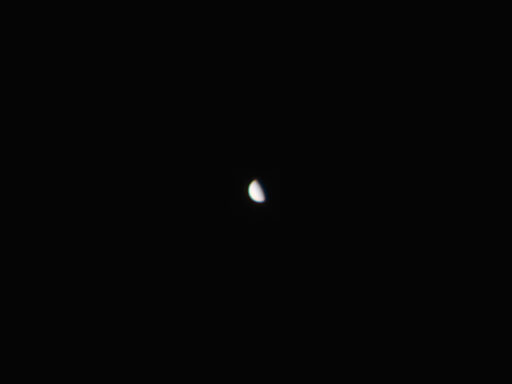
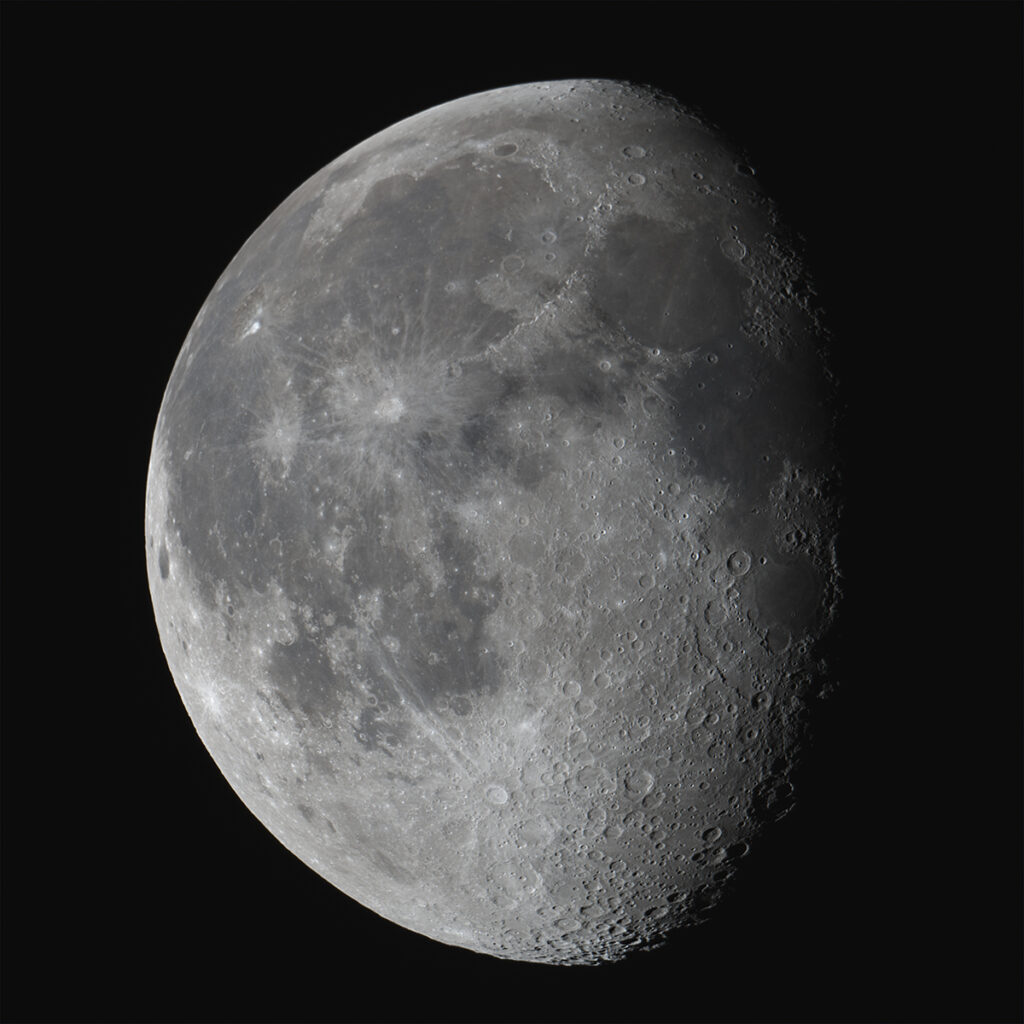
Recent Comments